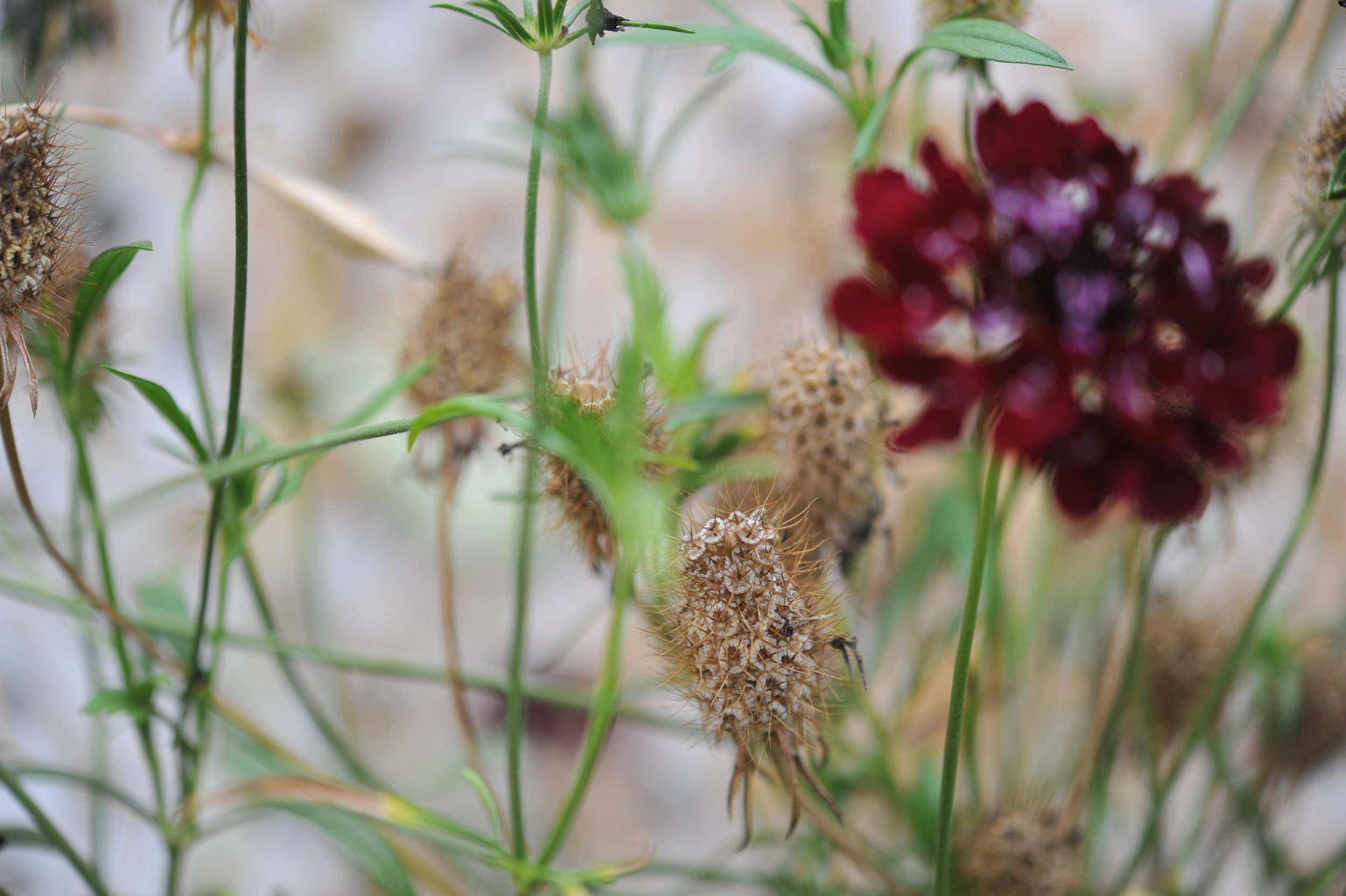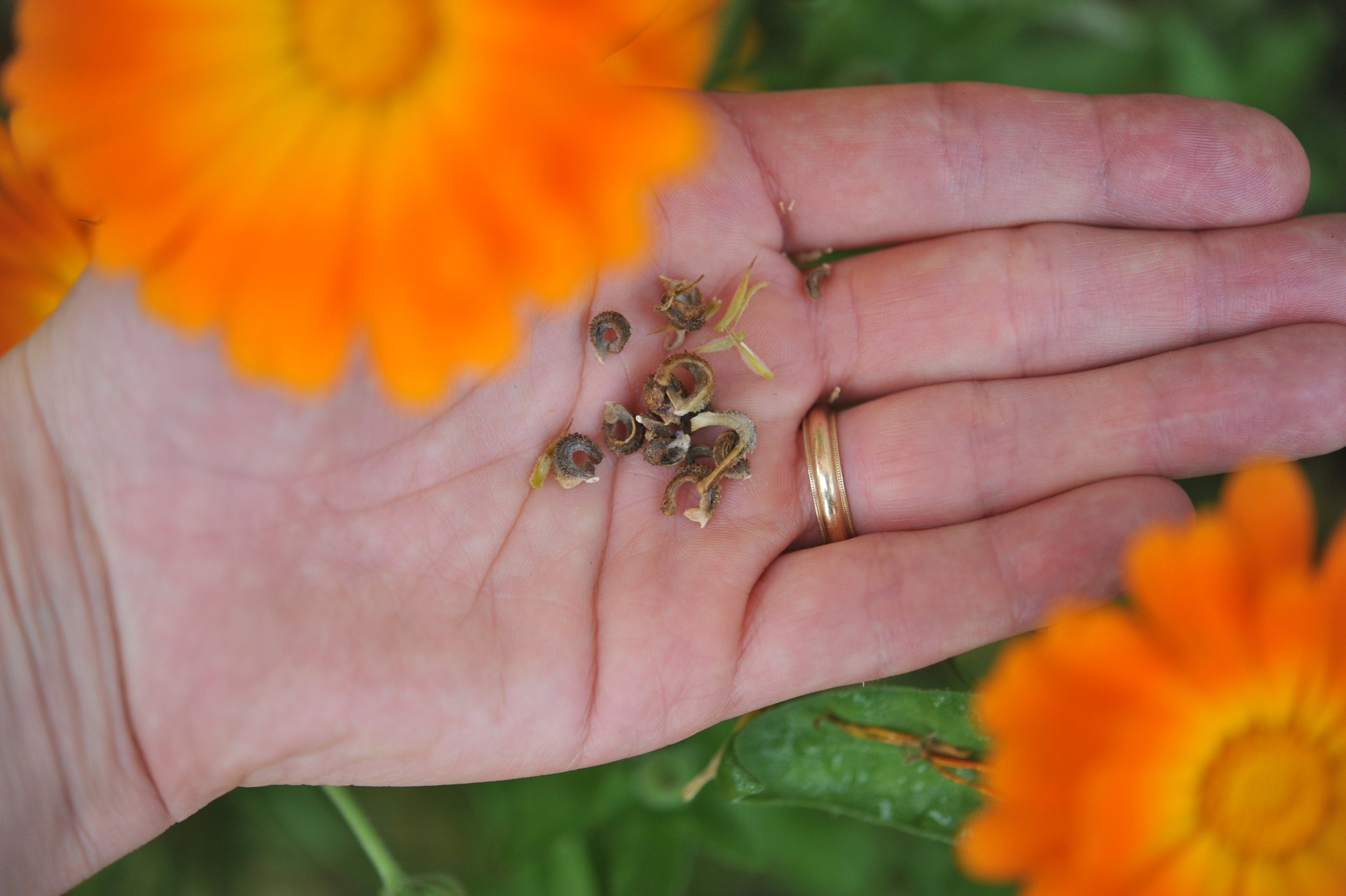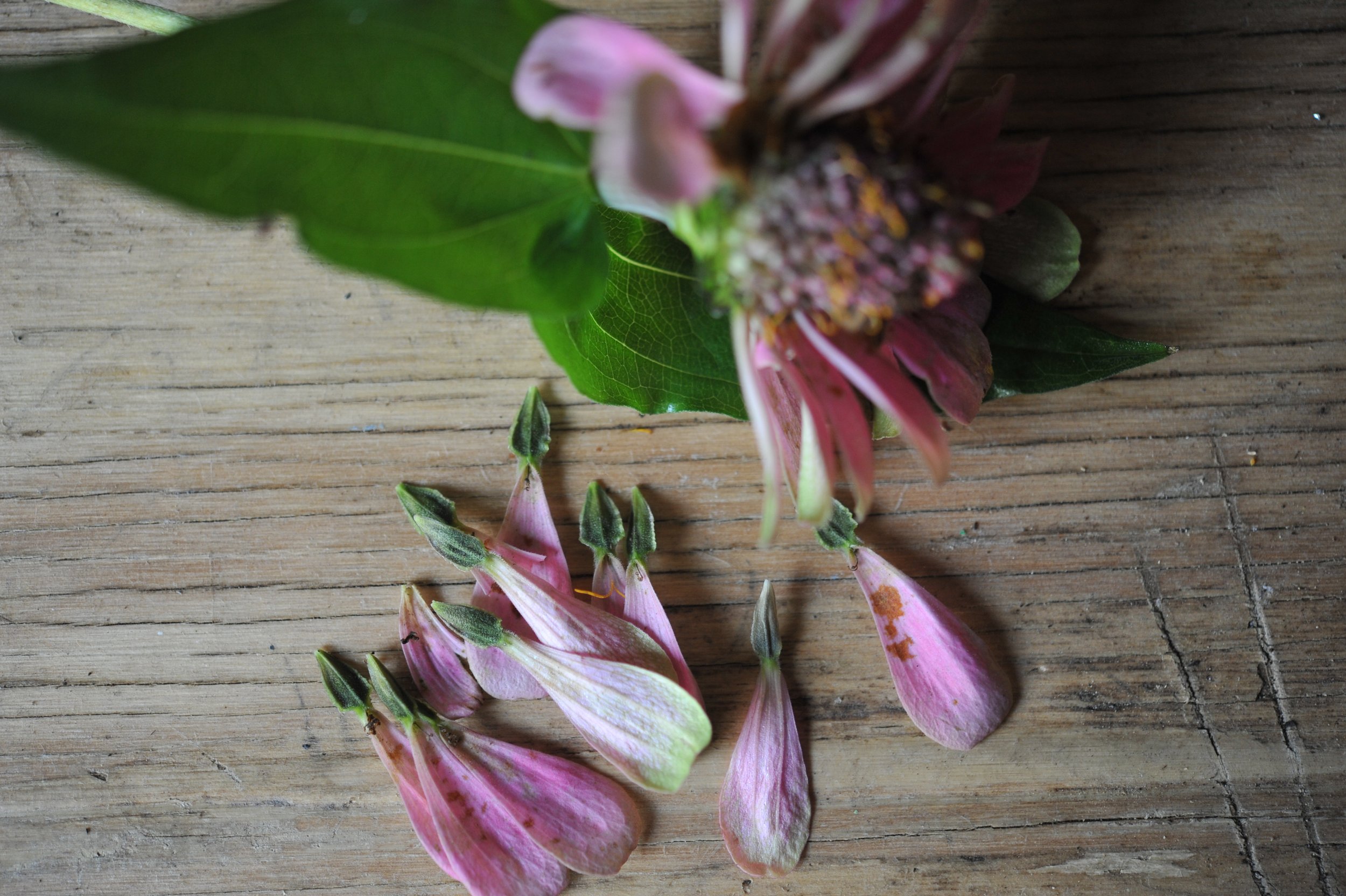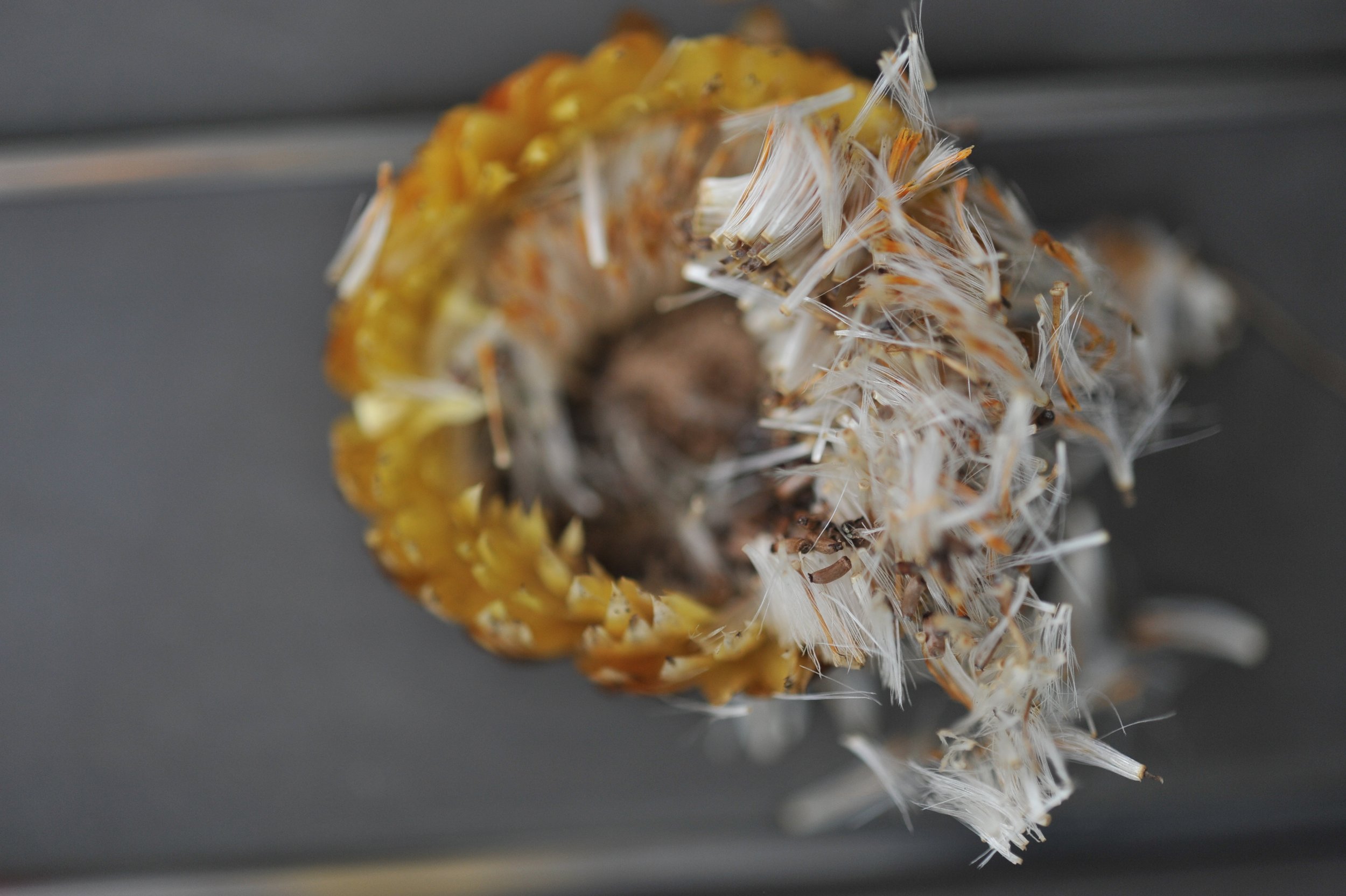Saving your flower seeds
Seed saving is the art of collecting the seed from your crop and using it in subsequent seasons to grow new plants. Even if you save only small quantities of a few crops, understanding more about the life cycle, breeding tendencies, and botany of your crops will help you manage and care for them more effectively.
Only open-pollinated crops will produce seed that is viable and that breeds true to itself. “Breeding true” means that the plants grown from your collected seed will produce a crop with similar traits (growth habit, disease resistance, taste, etc.) to the parent plant. Even with open-pollinated crops, you’ll get the best results if you know a little bit about their genetics and how to separate flowering crops by time and distance in the garden.
Seed saving strategies are specific to the species you’re working with, so if you plan to delve deep into the world of seed saving and breeding, we highly recommend picking up a few of the books on the subject.
If you want to ease your way into seed saving, some of the simplest crops to save are annual flowers. For the casual flower farmer, collecting seed from annual garden flowers can be very easy and satisfying: Calendula, marigolds, nigella, poppies, scabiosa, sunflower, strawflower, sweet peas and zinnias all produce high yields of seeds with virtually no additional effort except to collect the seed pods when they've dried but before they open and drop their bounty.
A note on saving sunflower seeds
Most varieties of sunflowers are hybrids, as opposed to open-pollinated. The saved seeds from a hybrid plant will be viable, but the offspring will exhibit different qualities than its parent plant. For example, if you grew a hybrid sunflower variety that was compact with pale yellow petals, some of the offspring may be similar, but it's more likely that its offspring will grow into all sizes and colors. Saving seed from a hybrid can be a fun experiment…but you can’t predict what you’ll get!
Storing your saved seeds
We like to store our saved seed in paper envelopes- nothing fancy! Just be sure to store your saved seeds in a cool, dry place. Label your seed envelopes with the plant name, variety, and the year it was collected.
Photos clockwise from top left:
Scabiosa seed heads, ready to harvest; Calendula seeds harvested off of the dried seed head; Strawflower seed head with seeds loosened; Zinnia seeds can be harvested before the heads have dried out completely.
We like to store our saved seed in mini envelopes like these:









